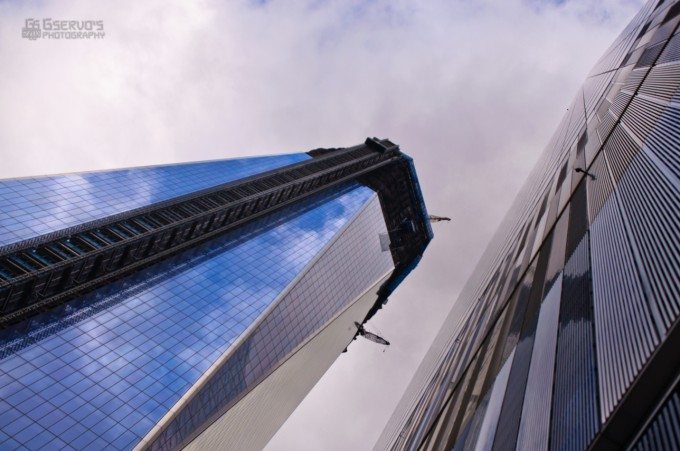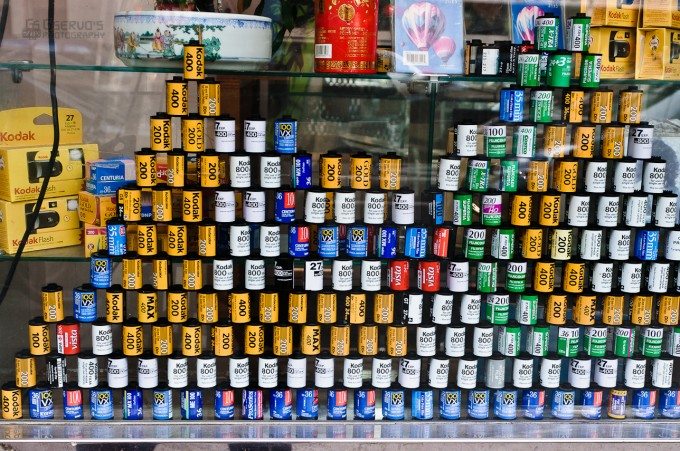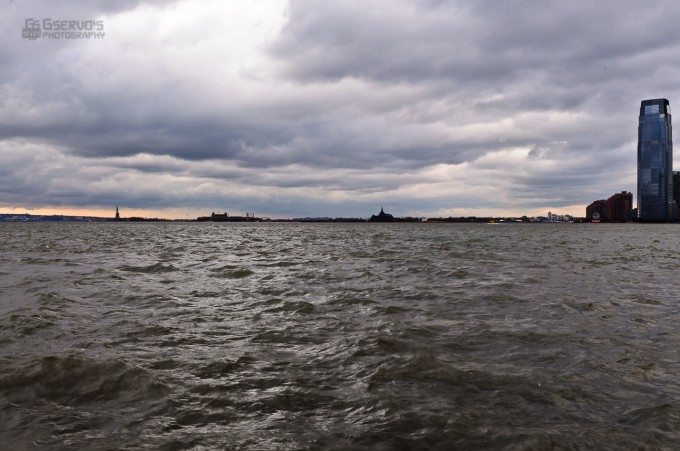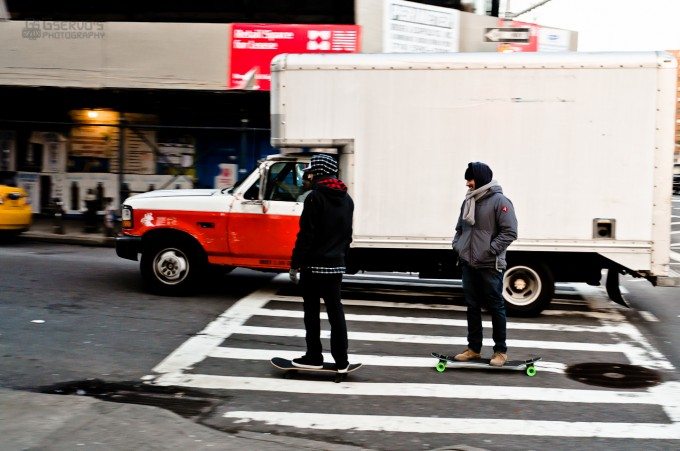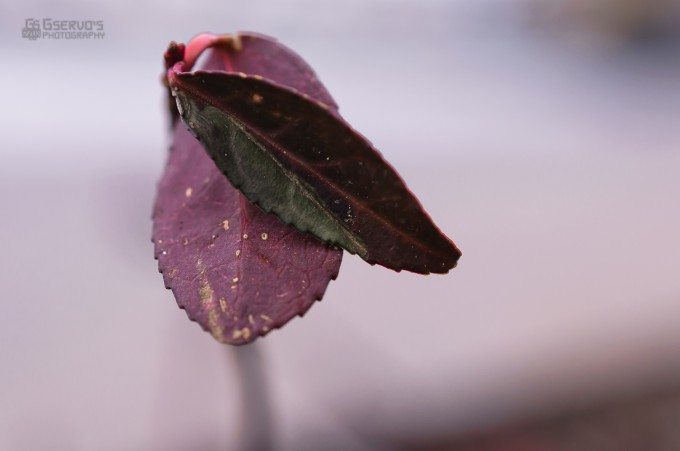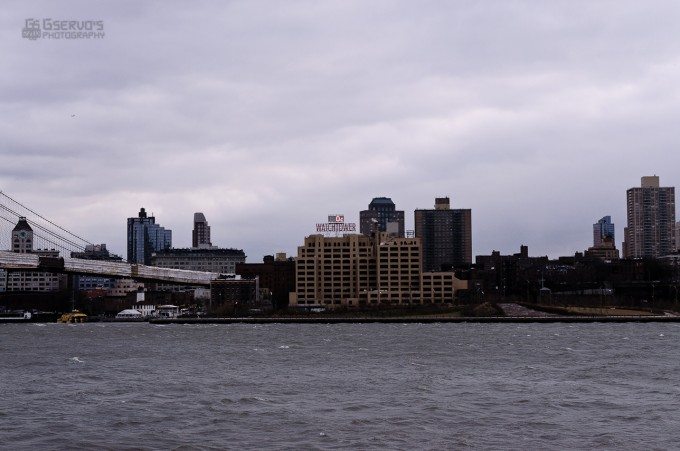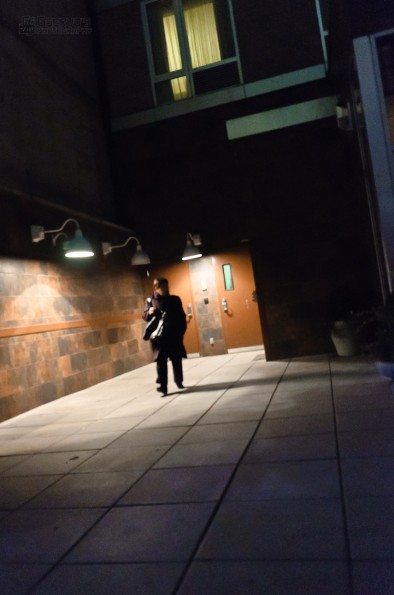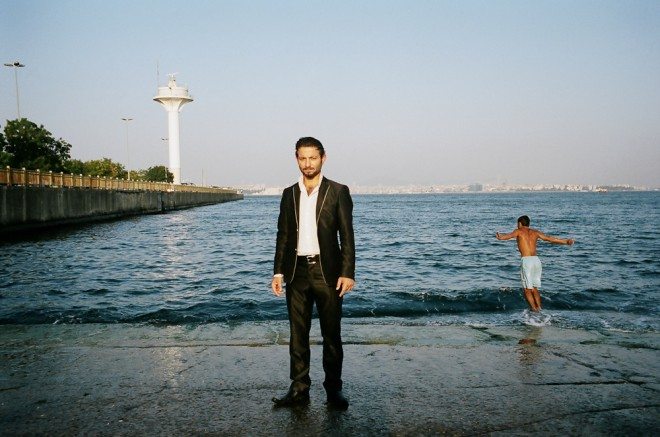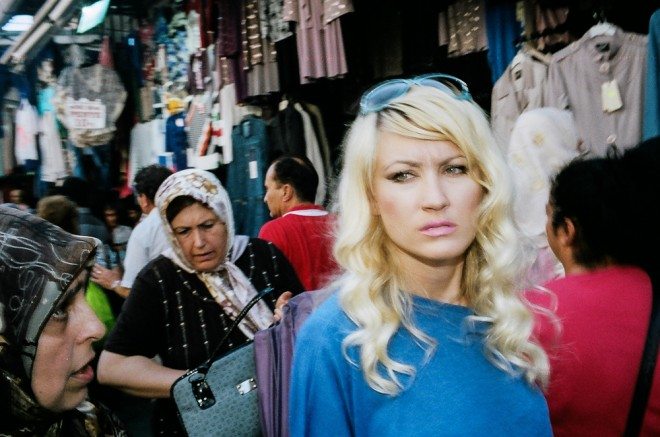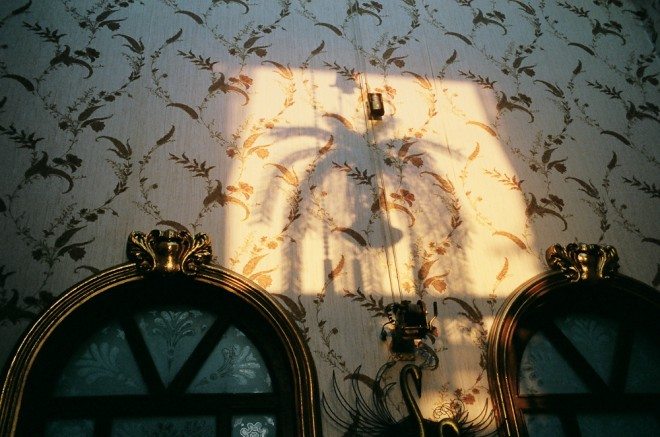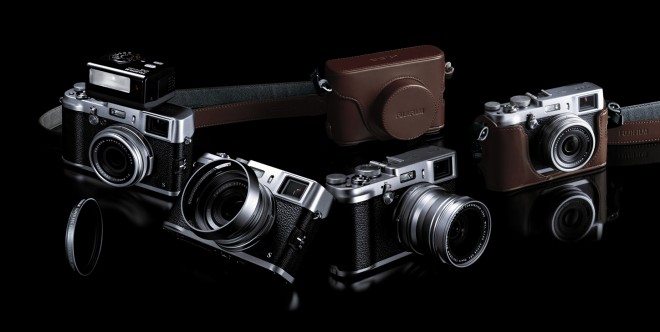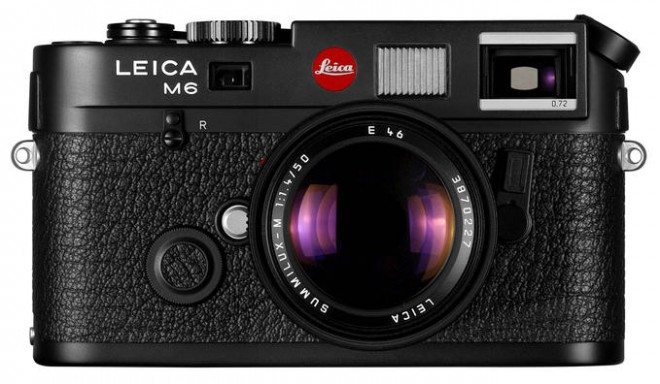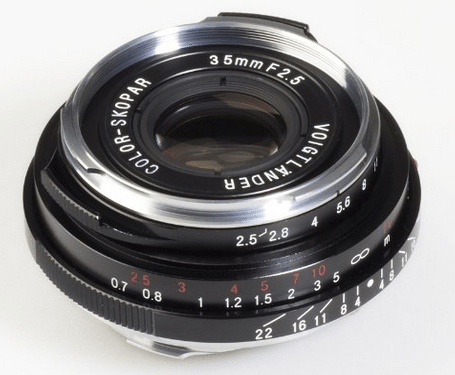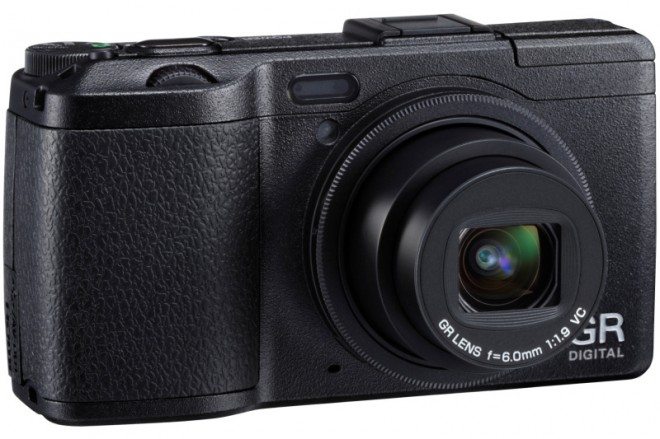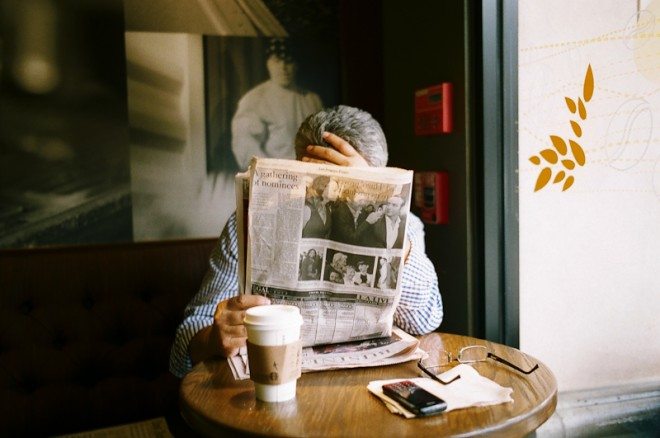
Part of my “Suits” project. Beverly Hills, 2011
One book that has deeply influenced me the last few months is: “
A Guide to the Good Life: The Ancient Art of Stoic Joy.” The book is a great introduction to the philosophy of Stoicism: which can be summed up as being undisturbed by negative emotions and gaining tranquility and a peace of mind.
I have applied the philosophy of Stoicism to many parts of my personal and work life– as well to my street photography. While I am still new to the concepts of Stoicism, much of its concepts have helped me
1. Imagine: What is the worst that can happen?

Part of my ongoing “Suits” project. NYC, 2012
One of the psychological techniques that Stoics employ is contemplating the worst that can happen to us.
Seneca points out the benefit of imaging the “worst case scenario”:
“He robs present ills of their power who has perceive their coming beforehand.”
Seneca also mentions that when bad things happen, it is often to those least prepared. An excerpt from the book:
Misfortune weighs most heavily on those who “expect nothing but good fortune.”
One of the things that many of us street photographers face is the fear of how people react in public when we photograph them. Certain concerns we may have:
- Getting your camera smashed
- Getting cursed at
- Having other people look at you as a “creep”
- Getting physically assaulted
- Getting arrested
Fortunately shooting street photography in most places in the world is 100% legal in public places- so in reality you are covered by the law. However the concerns that I listed above are still very real.
How can we overcome these fears we have in the streets? As the stoics would say, imagine the worst-possible scenario.
Getting your camera smashed:
This is indeed a concern we may have
However know that if someone smashes your camera, you can probably get them arrested and sue them. You can most certainly win the case against them, and win enough money to buy another 2 cameras. Win-win situation.
Another solution: don’t shoot street photography with an expensive camera. Use something that you wouldn’t mind if it got smashed. I like shooting street photography with compact cameras, because I like how compact and discrete they are. If you shoot with an expensive Leica in the streets, ask yourself: “Am I willing to have the possibility of getting my camera broken by shooting street photography?” If you don’t mind, go ahead and shoot in the streets with it (like I do). If you are worried, shoot street photography with a cheaper camera.
Getting cursed at:
Sure it is nasty when we get yelled/cursed at when we shoot street photography (and we aren’t really doing anything wrong). But as humans, we want to be accepted by others– and getting cursed/yelled at is certainly not a nice feeling.
However remember the old saying: “sticks and stones can break my bones but words can never hurt me.”
Yeah, getting called nasty names is not pleasant– but it won’t harm you physically. So whenever you shoot street photography, expect to be cursed at, yelled at, or negative reactions. Then if people react negatively, you don’t really mind so much because you expected their reaction to be negative. But if they happen to respond positively, you are pleasantly surprised and quite pleased. Once again, a win/win situation.
Having other people look at you as a “creep”:
Shooting street photography is strange. It certainly isn’t a mainstream practice. After all, what kind of creep takes photos of strangers without their permission?
Accept the fact that we do is not normal. Also know that everyone else out there has their “strange” hobbies. We are all weird, so just accept the fact that you will get strange stares at times when shooting in public. What I always do is pretend to be a dumb Asian tourist and smile and wave at people. Always works a charm, and people will simply ignore you after a while.
Getting physically assaulted:
The concern of getting physically assaulted is certainly more serious than getting yelled at or being looked as a creep.
I know this was one of the biggest concerns I personally had when I first started shooting street photography.
I have had instances in the past when I have been shoved when shooting street photography, people trying to grab my camera by the strap, getting karate-chopped in the back of the neck with an old chinese man, and even getting kicked in the butt in Tokyo and getting my flash smashed.
But that is the worst that has happened to me (out of the 7-8 years I have been shooting street photography).
Even though these physical assaults can be of concern to me, I just remind myself: as long as I don’t die I will be okay. In the absolute worst-case-scenario I might get my face bashed in (it might happen one of these days, but it hasn’t yet). But as long as I don’t get stabbed or shot, I don’t mind so much. It is a risk I’m willing to take. After all, I have probably sustained worse injuries playing basketball (almost breaking an ankle), lifting weights (tearing tendons in my shoulders), or getting rejected by girls I was interested in (I think mental pain is worse than physical pain).
However, I have never heard of any stories of any street photographers getting physically beat-up when shooting on the streets. After all, you are just taking pictures. In almost all the situations I have been in, people either yell at you, ask you to delete the picture, or call the cops. If anyone physically assaults you, once again
Getting arrested:
If you are shooting street photography in a public place (in most countries) you are safe from getting arrested. However most people in the public have no idea of photography laws and some may even threaten to call the cops on you. Yet many of these people don’t complain getting recorded 24/7 on the streets by video cameras (CCTV in London anyone?)
I had an instance in which I took a photograph of a woman in the streets of Melbourne, Australia. She got upset, threatened to call the cops on me. I apologized and told her that I was sorry–and explained why I took her photograph (she was an interesting businesswoman with a nice stride, might have been good for my “Suits” project). She was still pissed off, and demanded I delete the photograph. I told her I was shooting film, and that would be impossible. She then told me to rip out the whole roll, and of course I refused. She tried to escalate the matter even more by threatening to call the cops on me. I wasn’t doing anything wrong, so I told her to go ahead.
After an awkward 30 minutes of standing next to each other and not saying much, the cops showed up. The woman laughed in my face and told me I was going to get locked up. The cops then went up to her and told her calmly that I wasn’t doing anything wrong. The cops just asked me to apologize to her. I had no problem with that, and apologized again. She was still furious, and I walked away standing up for my rights (and an interesting story that I shared on YouTube).
So know that the worst possible scenario when it comes (most of the time) is people wasting your time. My honest advice is if you took a photo of someone (and are shooting digital), take a quick look at the LCD (to see if it is a decent shot). If it is a rubbish photo, just delete it in front of them, apologize- and move on. If you think it is a brilliant photo, stand your ground and tell them to call the cops.
Of course there have been stories of photographers getting arrested (unjustly by the police). But even in those cases the photographers have won their cases, and won large sums of money from the government. So if you get arrested unjustly, consider it a blessing. Just sue them, collect your money, and go on a nice street photography trip to India for a few months. Win/win.
2. How to fight “Hedonic Adaptation” (or how to conquer G.A.S.)
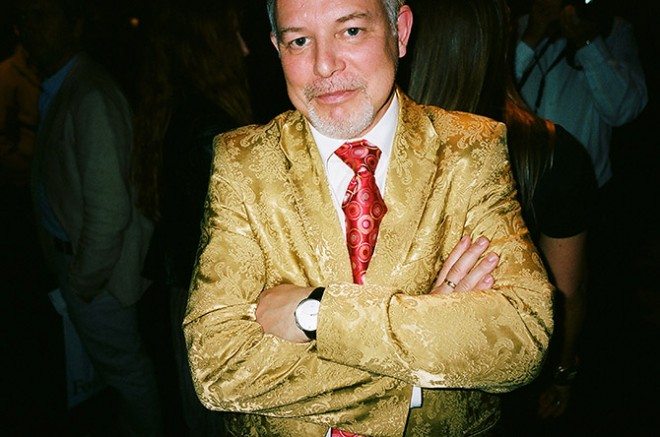
Part of my “Suits” project. Stockholm, 2012
We human beings are funny and irrational creatures. We are never satisfied with what we have, and our demands always go up.
For example, remember when you were a teenager and all you wanted in the world was something with 4-wheels to take you across town? So you worked for a few summers, and bought a beat-up Honda Civic and was overjoyed with the feeling of freedom.
Then of course you go to college, and you see some of the rich kids driving around BMW’s. By contrast, your Civic looks awful, and you tell yourself you need a BMW. You are sad and miserable.
Hell-bent on getting that BMW, you realize you need a good-paying job to afford it. You study law, wanting to get placed in a top-firm to get paid a high salary. You work hard in school, get that high-paying job, and finally buy your first BMW 3-Series. You are happy, you are young, successful, and have a BMW.
It gets worse: now all of your colleagues look at your BMW 3-series and laugh at you. Your buddies tell you: “You realize that the BMW 3-series is like the Honda Civic of the sport sedan world?” You then look at envy with their Porsches, and then work 100 hours a week for the next 10 years of your life to finally afford one. You are convinced that having that car will make you happy for the rest of your life.
You are now a millionaire and swimming in money, but chronically stressed, obese, and have a fragmented family life because you work non-stop. Now you find out some other guys in the neighborhoods are talking about buying their own Yacht. The cycle is never-ending.
Now replace that story with the following:
- Honda Civic: Point & Shoot Camera
- BMW 3-Series: Entry-Level DSLR
- Porsche: Full-frame DSLR
- Yacht: Digital Leica
So why are we never satisfied with the wonderful material goods that we have? Well, many evolutionary biologists say that we may have a “selfish gene” which makes us want to hoard things, for the good of ourselves and our immediate families. From an evolutionary stance, this makes sense. The more greedy you were as a hunter-gathered in the savanna with the bison you just killed, the better the chance for your own survival and that of your family. How many bison is enough? Well, you would hoard as many as you could possibly.
So how do we overcome “hedonic adaptation” (getting used to the nice things that we have)? Well, the secret is the following: create a desire for the camera/lenses you already have.
Yeah, I know that may sound easy, but how can we do it in a practical sense? Well, the ancient Stoics had an answer to the question. They told us to take time practicing “negative visualization”
Seneca shared his advice when it came to imagining the lost of your loved ones. Perhaps in this case, it may be your camera:
“We should love all of our dear ones… but always with the thought that we have no promise that we may keep them forever– nay, no promise that even that we may keep them for long.”
Another stoic named Epictetus also advocated negative visualization by imagining that when you kiss your child (or camera) it may be the last time you see him/it. The author of “A Guide to the Good Life” sums it up:
“In the very act of kissing the child, we should silently reflect on the possibility that she will die tomorrow.”
I know to use the analogies of human beings and cameras is quite extreme. However once again, this is one technique that I use to fight G.A.S. in my everyday life.
Know that even the act of owning a camera is a blessing. Imagine all of the impoverished people from all-around the world who don’t even have enough food to put on their tables. To even be able to afford any sort of camera is a huge luxury.
We might have an iPhone, a point-and-shoot, a Micro 4/3rds, a DSLR, a rangefinder, etc. But know that every camera that we ever buy, we will soon get “used to it” via hedonic adaptation sooner or later.
So when it comes to your camera, rather than seeing the shortcomings of it
So marvel at the wonder of your camera, every time you have it. Appreciate what you have, and imagine the pain you might have if you lost your beloved camera. What regrets may you have? Spending too much time on gear forums and blogs instead of shooting? Complaining about the certain features of your camera but forgetting the positives?
The best way to conquer desire is not to constantly buy more cameras, but it is to eliminate it by being happy with what you have.
Another simple heuristic (rule of thumb) that I have for myself when it comes to buying cameras (and most material things) is the following:
If it works 80% well, it is good enough. If it works less than 80% well, get something else.
There is no such thing as a perfect camera. Every camera has its pros and cons. I know a lot of people who think that Leica rangefinders are the “perfect” cameras for street photography. Sure they are awesome (I love my MP to death) but there are also a lot of shortcomings. Parallax error, far minimum-focusing distance, and lack of autofocus. Some of the benefits are size, simplified settings, and quickness.
With a DSLR you don’t have the problem of a rangefinder: you don’t have to worry about parallax error (what you see through the viewfinder is what you get), the minimum-focusing distance is close, and you have autofocus (for situations you may want it). But of course the downsides are they tend to be bulky, the settings can be a pain, and autofocus can be inaccurate.
So how do you know if a camera is up to 80% of your needs? Well, it is hard to say– it differs for everyone. But at the same time, I think people have a generally good sense of what works “80% well” for them.
I am not advocating people not to buy expensive cameras (more expensive cameras tend to be of a higher-quality). Compare a disposable Kodak camera and an entry-level DSLR. But what I am trying to say is don’t get stuck into the loop of constantly buying more and more cameras as small and incremental upgrades are made.
3. Set internal, not external goals

From my “Suits” project. Wall Street, 2012
Epictetus, one of the main pillars of Stoicism, proposed one of his central ideas as being the “sphere of choice.” According to this idea, we have control over our internal goals, not our external goals. Therefore Epictetus believed that we should focus more on our internal goals to gain tranquility
For example, we can set certain internal goals (which we have complete control over) such as how hard we work in our street photography. We can control how often we go out and take photos, which photos we decide to upload to the internet, and what projects we can focus on.
There are many external goals we cannot achieve. For example, we can’t control how many “likes” or “favorites” we get on a photograph we upload. We can’t control if we will get our work featured in a prestigious gallery or museum. We can’t control if people will like or hate our street photography.
However this is not to say that you shouldn’t try hard when it comes to your street photography. Of course if you spend more time shooting in the streets (and really focus)
But at the end of the day, the focus is focusing on shooting street photography for yourself
Don’t expect everyone to like your work. In-fact, if people don’t like your work revel in it. After all, it is better to be criticized than ignored.
Conclusion
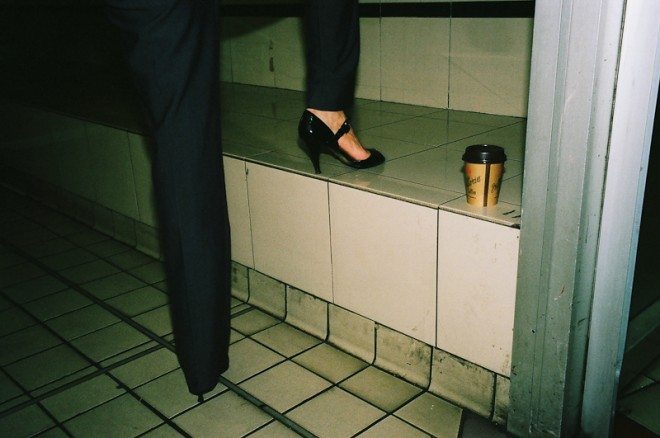
Part of my ongoing “Suits” project. Melbourne, 2012
Stoicism is still a philosophy which is quite new to me– and I have found its concepts beneficial to all parts of my life, especially street photography. While I am still a beginner to the ideas and don’t fully grasp many of the concepts yet, I hope that this post can be a good introduction to Stoicism.
